Open Office: How do people want to work?
In August 2020 Norwegian furniture company Flokk invited Leesman CEO Tim Oldman to present the findings of his company’s recent survey asking workers fundamental questions on how their working life has been during the pandemic. Joined in a webinar by workplace consultant & professional ergonomist Kirsty Angerer, the two guests spoke at length about the trends uncovered in the survey and the challenges they perceive many have faced as they adapt to a working from home experience.
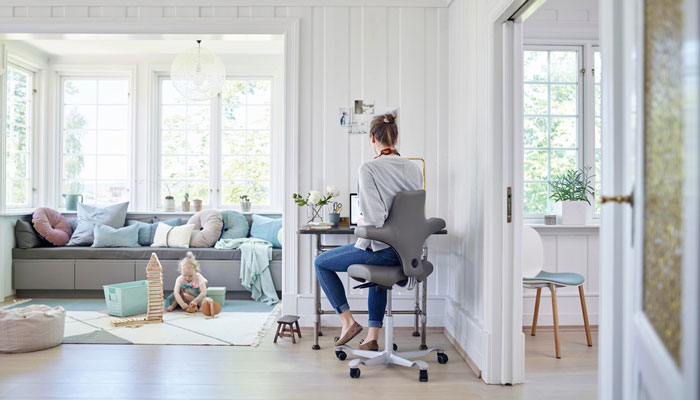
Leesman have spent the last 10 years asking workers about their workplace experience. Through an ever evolving set of survey questions, they provide organisations with a complete audit on their workplace environments, showing precisely what components support the productive work activities of the employees they accommodate. They are the largest resource of consistent workplace effectiveness data.
In response to recent events, Leesman created a home working survey, offering organisations “absolute clarity when it comes to understanding how home working is working.”
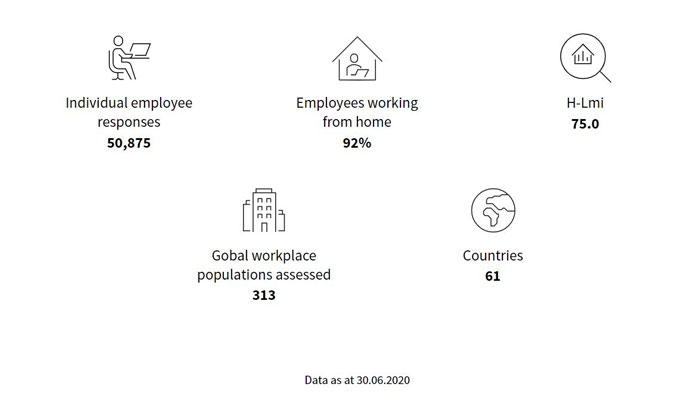
Click here to try the demo of this survey
The initial data featured the input from an astonishing 51,000 responses, of which 92% were employees working from home, based in 61 countries (the current response rate to the survey sits at well over 100,000). Employees were asked how their home is affecting their ability to perform their roles, as well as their overall experience. Health, happiness, productivity and workplace identity were key issues explored.
‘Home is working’
Tim, Founder and CEO at Leesman, explained how the initial results generally showed that “home is working” for the majority of people.
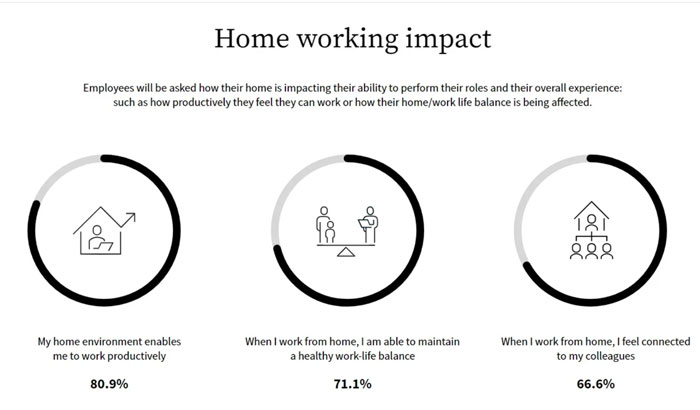
Over 80% of respondents asserted that their home environment enables them to work productively. 71% of respondents said that working from home enabled them to maintain a healthy work-life balance, with nearly 70% agreeing that when working from home they felt connected to colleagues. As Kirsty pointed out, for the first time “we can create the environment we want to now, we have the autonomy to design a space the way we want to”.
These statistics are startling when compared to the same questions Leesman has put to individuals working in offices over the last decade (750,000 respondents and counting…) with only 63% in agreement that their offices help them to work productively (-18%).
Tim: “The tabloid headlines that we are reading paint a picture that home is working… The world has been taught a lesson or two about the trust it can invest in employees working in remote locations, and generally speaking, if we look at the global headlines, home working is actually working better than office working.”
The challenges of working from home
If we look a little deeper than the headlines though, the case for working from home is not so clear-cut. When asked about specific activities and specific elements of the working environment, there are some surprising differences.
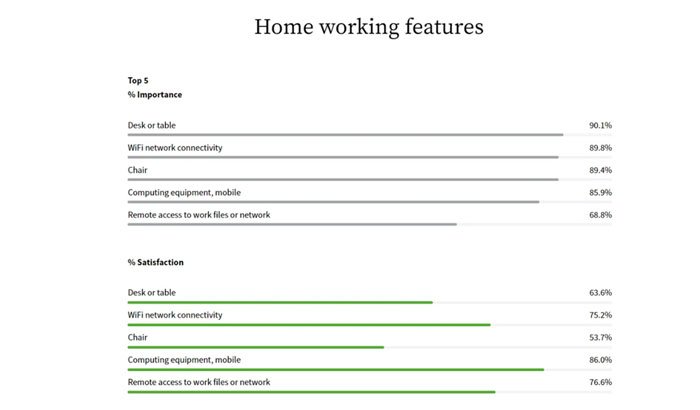
On the positive side, for those working from home, some of the most important aspects of their work are much better supported at home than in the office. Individual focused work, desk-based was the most popular work activity, with 91% saying they felt adequately supported, compared to only 78% of office workers (a 13% gap) with planned meetings and telephone conversations coming second and third, both again supported better at the home, with telephone conversations showing a massive 28% gap in satisfaction.
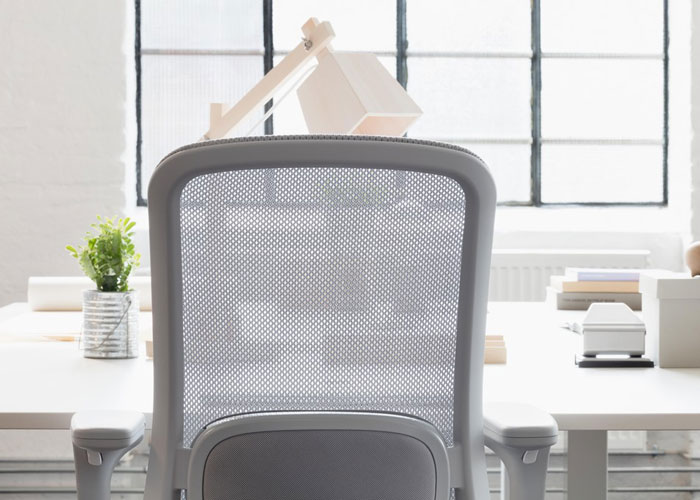
Predictably, activities such as learning from others, informal social interaction, hosting clients and spreading out materials scored higher in office scenarios, although their importance was not as high. Only four of the 21 activities scored higher in the office compared to the workplace.
Kirsty: “The only problems for home working that I’m seeing as an ergonomist is in the lack of equipment – or the lack of good equipment – and the lack of space for a lot of people”.
The office also really came into its own when looking at the workspaces themselves. Workers found that important features like desks, chairs and computing equipment were far more satisfactory in the office than at home. An office chair, for instance, was deemed important by 90% of respondents, but only 54% found the one in their home satisfactory, with nearly half not pleased with their current seating situation. This can be seen across the board, with five of the nine items featured scoring better in the office than at home, including desks, printing & copying equipment, and wired networks.
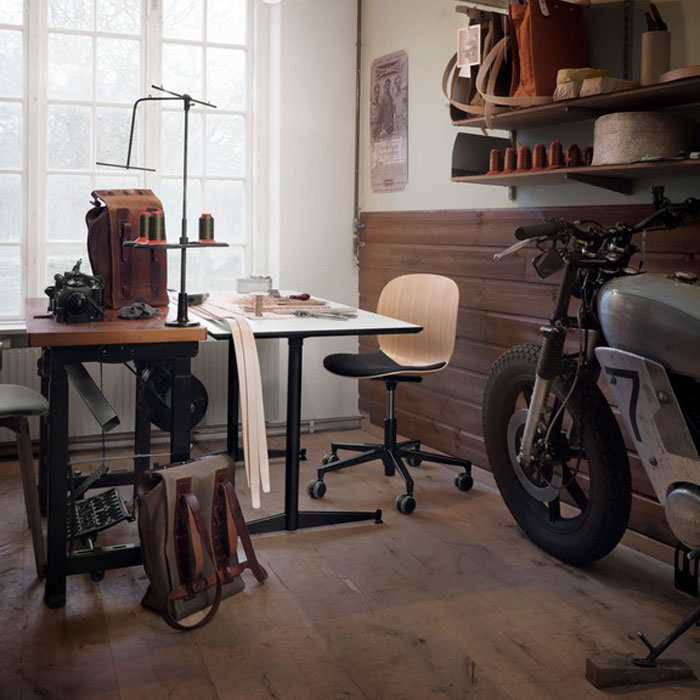
Tim: “The challenge, of course, is that averages mask significant highs and lows… There are some activities that home is supporting way better than the average workplace, there are also some activities for employees that the home is very much struggling to support. It’s a really mixed picture, it depends on what the employee is doing in their role and the environment that they have available to them at home.”
In agreement, Kirsty adds: “There are peaks and troughs to everyone’s working from home scenario. Home working has reduced that horrible commute for some people. But for others – like myself -that commute was actually a time to relax and read books, listen to a podcast and I probably do that less now, because I wake up and go straight to work. So for me that commute was part of my health and wellbeing regime.”
Moving forward
During the discussion, Kirsty highlighted that employees, whilst enjoying the newfound autonomy of working from home, were struggling to come to terms with a workplace without basic functional equipment such as desks at the correct height and comfortable ergonomic seating.
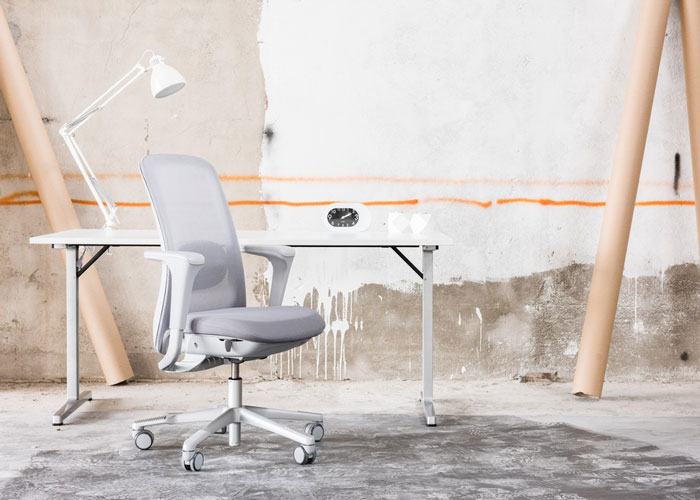
While a lucky few have been given funds to purchase their own home office equipment, but with a general lack of basic knowledge of ergonomics in the population that could mean that the money is not being spent well.
Kirsty: “We’re going to see a further set of issues because people aren’t educated on ergonomics, they don’t know what equipment to choose, that’s the likes of our jobs to help with that… I hope that with that financial benefit comes some training and extra resources.”
With the home office apparently here to stay, if not permanently, at least for the foreseeable future, the findings of the Leesman survey are clear – home is working, but there is still work to be done.
Contact Flokk




